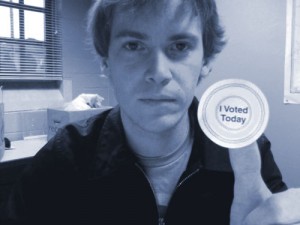The Eiselen Bakery in Roxborough has been a family business for 100 years.
But can it remain in the family? A daughter explores the options
By Dana Eiselen
The door bell chimes as I walk into the bakery. Heat from the oven defrosts my cheeks of the bitter November air. It is 7:30 a.m., and the store is bustling.
A boy of three or four presses his nose and hands on a glass case, staring down a cupcake. The cases are filled with piping hot pies, cinnamon buns, Danish and donuts. Freshly baked rolls are piled up on tables for sale. Cellophaned cookie trays dot the store with sprays of color.
A customer walks in behind me. “It smells wonderful in here,” she says. I take a deep breath, though the wonderful smells are not new to me. For 21 years I’ve been walking into Eiselen’s Pastry Shoppe in Roxborough; long ago I became immune to its sweet smell.
It is the price I pay as the baker’s daughter.
I squeeze my way past the customers, give a nod to my sister, Allie, who is taking an order, and make my way to the back of the bakery.
Mom is decorating a cake. Dad is adding ingredients into the Hobart mixer. They both look up.
“Happy Thanksgiving,” says Mom. Dad just smiles as I put on my red apron.
There is an unspoken understanding that this Thanksgiving at our family bakery could be the last.
My father’s salt-and-pepper hair is lightly dusted with flour. Reading glasses, smudged with butter cream, hang around his neck. His “white” apron is a Rick Eiselen original – it’s spotted with evidence that he’s already been working for several hours: a brownie’s dark fudge, blue icing from a Happy Birthday cake, and the molasses of pecan pie.
I turn toward the store, ready to man my usual post as manager.
“We could use you back here, Dana,” says Dad.
He limps towards me, his body gently tilts to the right as he rests his hand on bench to bench for support. 
In the unforgiving fluorescent lighting, he looks all of his 67 years.
Eiselen’s Pastry Shoppe is a full-line retail and wholesale bakery, making over 300 different products from scratch. My father takes pride in being able to make “whatever the customer wants.”
“In Northwest Philly, we’re the only bakery left like this,” he says. “There are niche bakeries that sell just cupcakes or just specialty cakes, but we put it altogether.”
We are known for custom cakes. My father was one of the original celebrity super bakers, he says. Cakes from Eiselen’s have been made for Philadelphia icons from The Phillies to the Mike Douglas Show and for landmarks such as the Philadelphia Museum of Art. They’ve been featured in movies, TV commercials, and at Tom Cruise’s birthday.
For 50 years, Eiselen’s has sat tucked away in the Ivy Ridge Shopping Center on the corner of Ridge Avenue and Domino Lane in Philadelphia’s Roxborough section, though this location is relatively new compared to the business’ colorful 114-year history in America.
Back to Germany
The Eiselen line of bakers extends back to the early 1800s in Germany. My great- grandparents emigrated from Germany in 1886 and opened two bakeries in South Philadelphia. My grandfather and then father continued the baking tradition. Our roots run deep.
Eiselen’s Pastry Shoppe went on to be Philadelphia’s first supermarket bakery for The Baltimore Market on Broad and Cheltenham, and later opened locations in Oak Lane, Erdenheim, Devon and lastly, Roxborough.
“In fourth grade, the teacher asked me what I wanted to do. I said I wanted to be a baker like my dad. Little did I know I’d still be in it,” he laughs. Continue reading


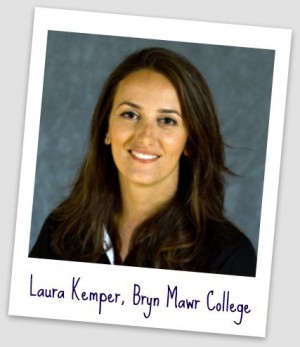
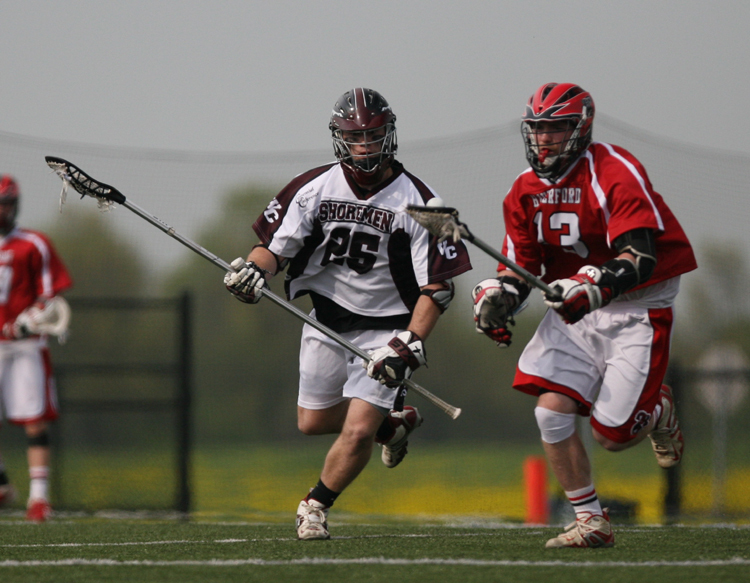
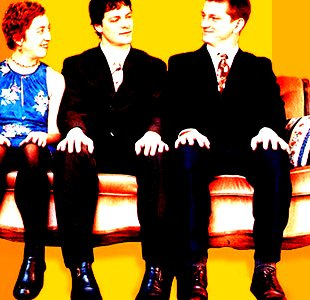
 l finally be able to lose weight. Plus, I will have close access to a gym. It’s the perfect opportunity,” she said.
l finally be able to lose weight. Plus, I will have close access to a gym. It’s the perfect opportunity,” she said.
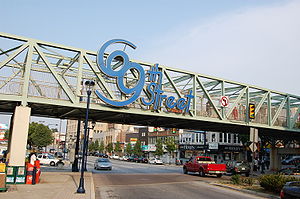
 rol with text flirting.”
rol with text flirting.”